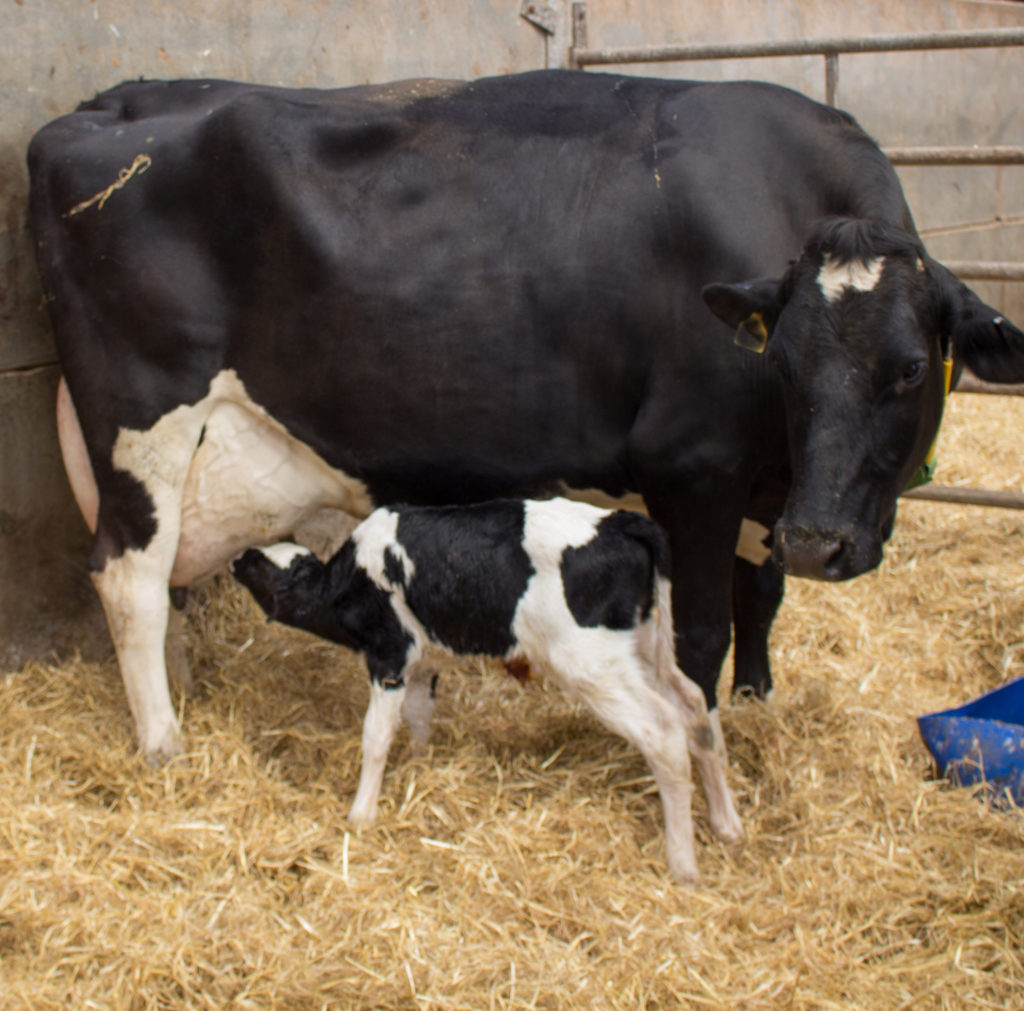N.L. Field and colleagues in Ireland have published their research correlating MAP detection rates in areas where dairy calves are housed and the risk assessment scores (RAMP) for the farm. The publication appears in the journal Animals 2023, 13, 669. https://doi.org/10.3390/ani13040669.

This is their summary (British spellings):
Transmission of Mycobacterium avium subspecies paratuberculosis (MAP) from infected adult cattle to susceptible calves occurs mainly through contamination of the calf environment, i.e., the calving pen and the pre-weaned calf rearing area, with adult faeces. Control programmes for Johne’s disease utilise a risk assessment and management plan (RAMP) to evaluate the risk of transmission of infection on a specific farm, however the assessment is limited by its subjective, point-in-time nature. The objective of this study was to evaluate a novel environmental sampling protocol for measurement of MAP contamination of the calf environment on infected farms. Across 28 infected farms, 46% had detectable MAP in the calf environment, with 21% of farms having detectable MAP in the pre-weaned calf area. There was no significant association found between the RAMP scores for each farm and the result of environmental testing for MAP, and there was a moderate correlation found between RAMP scores and the level of MAP contamination as quantified by PCR. We conclude that environmental sampling is a potentially useful tool to objectively measure transmission risk in the calf environment on farms, as a complement to the annual RAMP.
COMMENT
PCR has replaced culture as the most accurate, cost-effective, and quantitative method for MAP detection. It can be applied to a wide range of sample types including feces, fresh and formalinized tissues, and environmental samples. Commercially available kits provides for high reproducibility of results among laboratories. In the U.S. the laboratory proficiency assessment by USDA offers additional confidence in PCR tests for MAP. The results of the proficiency test create a list of USDA-approved laboratories available on this website. Not all labs will accept environmental samples. So, contact your veterinary diagnostic lab of choice to be sure before sending such samples.